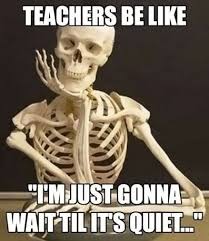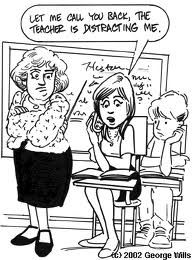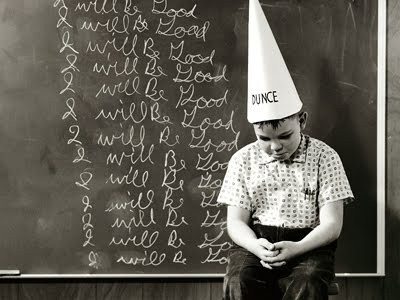The Case for Social Skills Instruction
Nouha Johnson
Social skills are a critical component of human behavior and development. Without adequate social skills, there is no social competence and without social competency, individuals tend to be perceived as “deficient” and as a result, others can quickly marginalize them. The five dimensions of social skills rely on a person’s ability to self-manage, form healthy relationships with peers, and possess academic, compliance and assertion skills. In the light of this information, one realizes that in addition to their struggles with academic development, our students have to learn to be socially competent in order to negotiate their journey through college.
Let us Zoom in!
Properly reading one’s and others’ emotions is essential to good communication. Some of our students clearly lack such facility and that can be frustrating for all involved (peers, teachers, and administrators). Repeated requests that have gone unheard well into the fourth week such as “do not eat in the classroom”, “do not speak loudly in the hallway” and “go to the bathroom during the break, not a minute into class time” are all examples of these requests. Yes! That raised blue vein in your forehead is palpable, but just because your students can read cues does not mean they can connect the dots. The question that poses itself then is what can an educator do to help students gain the necessary social skills?
Possible Solutions?
One of the basics of problem resolution is to identify the source of the problem. Getting to the root of the behavior is not only essential, but also necessary. This is exactly because it directly affects the way the teacher will address the problem which in turn will affect the student’s social competence. For instance, a teacher may mistakenly perceive a student’s humor, otherwise culturally ritualized, as an insult and act on that premise. This teacher would not have gotten to the root of the problem and the mistake would have been costly, as the student would no longer trust the teacher to understand and accept who he is. In addition to identifying the problem behavior triggers, a teacher should decide whether the issue is behavioral or developmental. Is Marwa displaying a defiant behavior or is she really struggling with peer pressure? Finally, the teacher can stop the behavior in its tracks by controlling the triggers, suggesting acceptable replacement behaviors and affording students the opportunity to come up with their own socially acceptable alternatives. This can be done through many creative media such as role-play (brief encounters), art (e.g., making a coping wheel) and social stories (engaging video).
An Example from the Classroom
I have embedded my social skills instruction into every opportunity my plans have afforded. For example, when we discussed our theme on trends and fashion, my students mentioned being fashionably late. This I knew was an opportunity to explain about late arrivals to the classroom and why fashionably late here does not apply. We talked about possible causes and resolutions. Yes, we did digress a bit from our lesson, but in the end, those precious 10 minutes saved us from ruinous interruptions the rest of the cycle.
Worth it?
Research supports the fact that a student’s lack of skills in managing difficult interpersonal situations is at the root of most behavior problems. Social skills instruction where possible can be very effective in managing behaviors and helping students learn effectively. Furthermore, social skills instruction can make all the difference in a student’s life and not just his/her behavior. Berner and Smith (2004) affirm that when social skills are absent, educators cannot fully engage students in a variety of learning experiences, especially those that involve cooperative learning.
As an educator, I firmly believe that not only is social skills teaching worth the time and effort, but also and more importantly, it must no longer be our “hidden” objective. Instead, the full inclusion of social skills instruction into the curriculum should be a part of our immediate aims.
References
Kerr, M., & Nelson, C. M . (2010). Strategies for addressing behavior problems in the classroom (6th ed.). Upper Saddle River, NJ: Pearson.
Bremer and Smith (2004). Teaching Social Skills. National Center on Secondary Education and Transition, 1-5.
